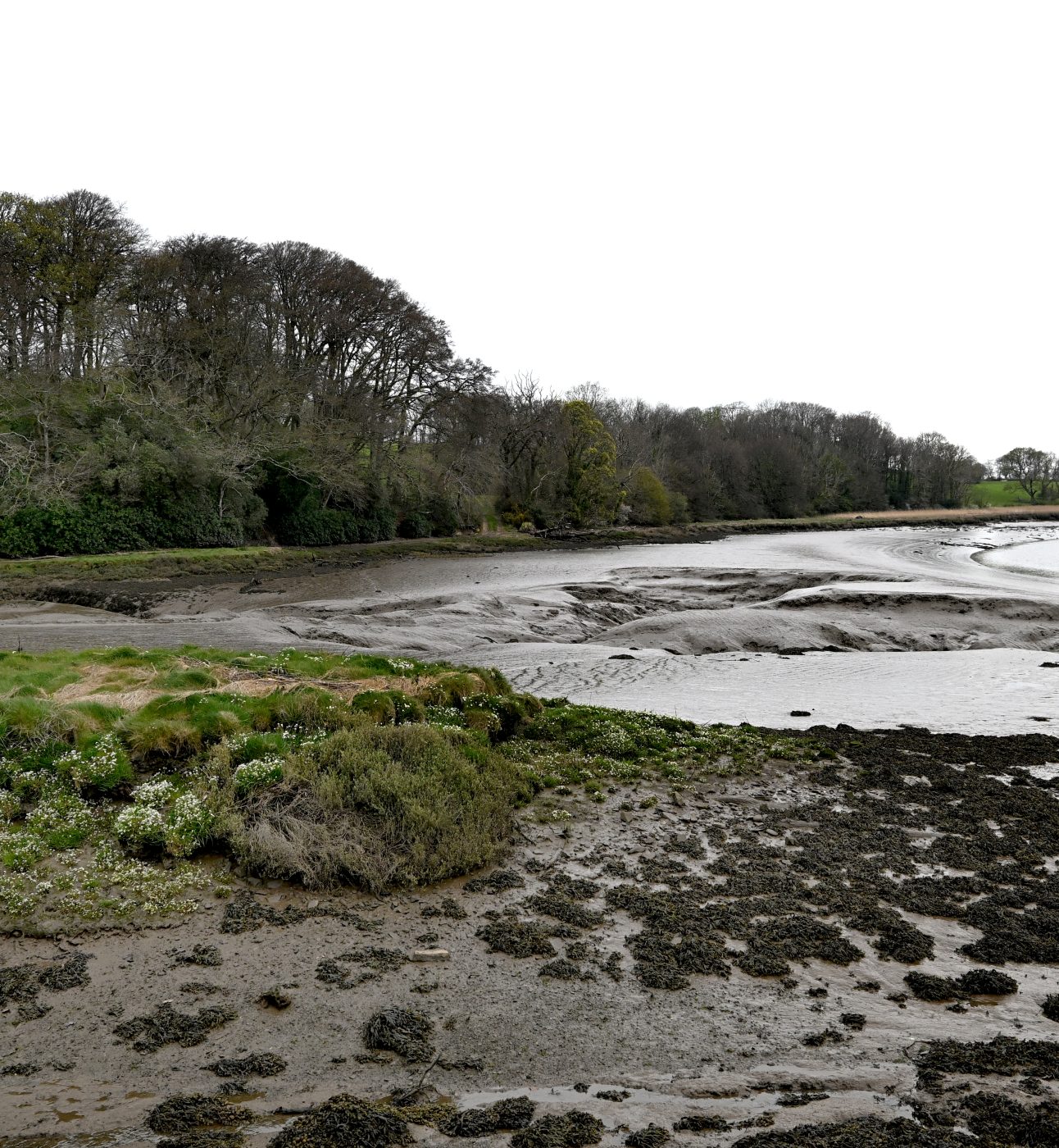
River Cleddau
Polluted to the brink from source to sea, this once thriving river in Pembrokeshire Coast has seen an alarming decline in health.
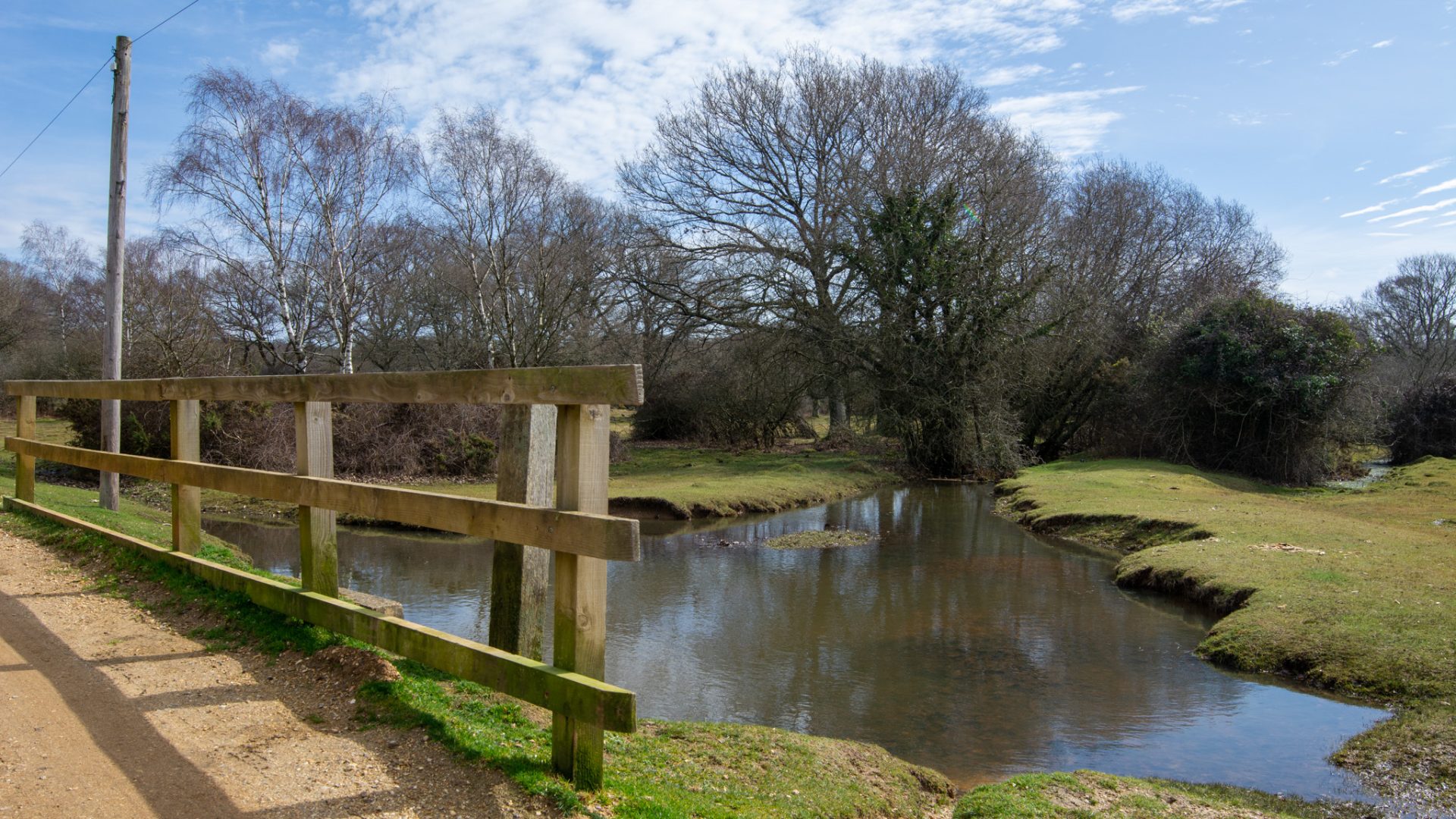
New Forest National Park
The River Lymington is a beautiful stream that runs through the New Forest National Park and internationally important Special Area of Conservation. Upstream, the waters are clean and pure and a vital resource for the wildlife in the forest, from rare birds like nightjar and curlew and animals such as pine martin as well as the wild-roaming ponies that are so important to the ecosystem.
Although 75% of the river’s water bodies are currently in good ecological status, this doesn’t tell the full story and sections of the river have been deemed unsafe for swimming in recent years.
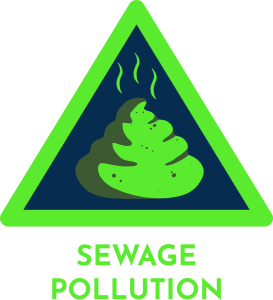

Honor Burgess shares her experiences of Lymington river, as well as her passion for the New Forest National Park.
Sewage from treatment works and storm overflows have created pollution hotspots.
Which means the river could be more diverse
Putting pressure on insufficient sewage works
The River Lymington is a beautiful waterbody which runs through an internationally important Special Area of Conservation within the New Forest National Park. It forms part of a network of clean rivers, streams, bogs, wet woodland and ponds that help ensure that the New Forest is one of the most important and exceptional places for wildlife within the UK.
Upstream the waters are clean and pure and a vital resource for the wildlife in the forest; from rare birds like nightjar and curlew and animals such as pine martin as well as the wild-roaming ponies that are so important to the ecosystem. In-stream, the river supports populations of sea trout, brown trout, brook lamprey and pike.
Three quarters of the river’s water bodies are currently in good ecological status. The habitat along the river remains relatively diverse and well connected with the flood plain, scoring 60 out of 100 in the most recent habitat quality assessment (the highest of the 6 rivers we looked at). Sections of the river have been heavily modified when large areas of the forest were drained for forestry plantations.
Our research with the Rivers Trust found that bank erosion and sewage are significant issues threatening the health of the river. Bank erosion accounts for 74% of the fine sediment in the river, exacerbated by grazing pressures. Too much sediment clogs spawning habitat, affecting the health of fish populations in the river.
Sections of the river have also been subject to serious sewage pollution. Brockenhurst sewage works, managed by Southern Water, is one pollution hotspot which has seen the majority of all spills in the river. Our research shows that the Lymington suffered from combined sewage overflows emptying out into the river for 2,847 hours in 2024. Friends of the Earth New Forest has measured catastrophic levels of E. coli pollution in the Lymington – levels that can cause stomach upset and life-threatening infections.
At the Roydon Woods Nature Reserve downstream of the works there is a beautiful old ford that crosses the river. The Hampshire and Isle of Wight Wildlife Trust who manage the special reserve have previously put up signs warning visitors not to let children and dogs play in the stream for fear of getting sick. Sewage is one of the limiting factors for nature recovery in this 1000-acre reserve. We understand that, thanks to campaigning pressure, Southern Water is planning an upgrade to the sewage works between 2025-2030.
Lymington River is just one of the many rivers, lakes and streams at risk in our National Parks.
There’s too much at risk if we continue polluting, degrading and destroying the waterways in National Parks, but we have an opportunity now to bring forward new regulations to clean up National Park waterways as a priority.

Polluted to the brink from source to sea, this once thriving river in Pembrokeshire Coast has seen an alarming decline in health.
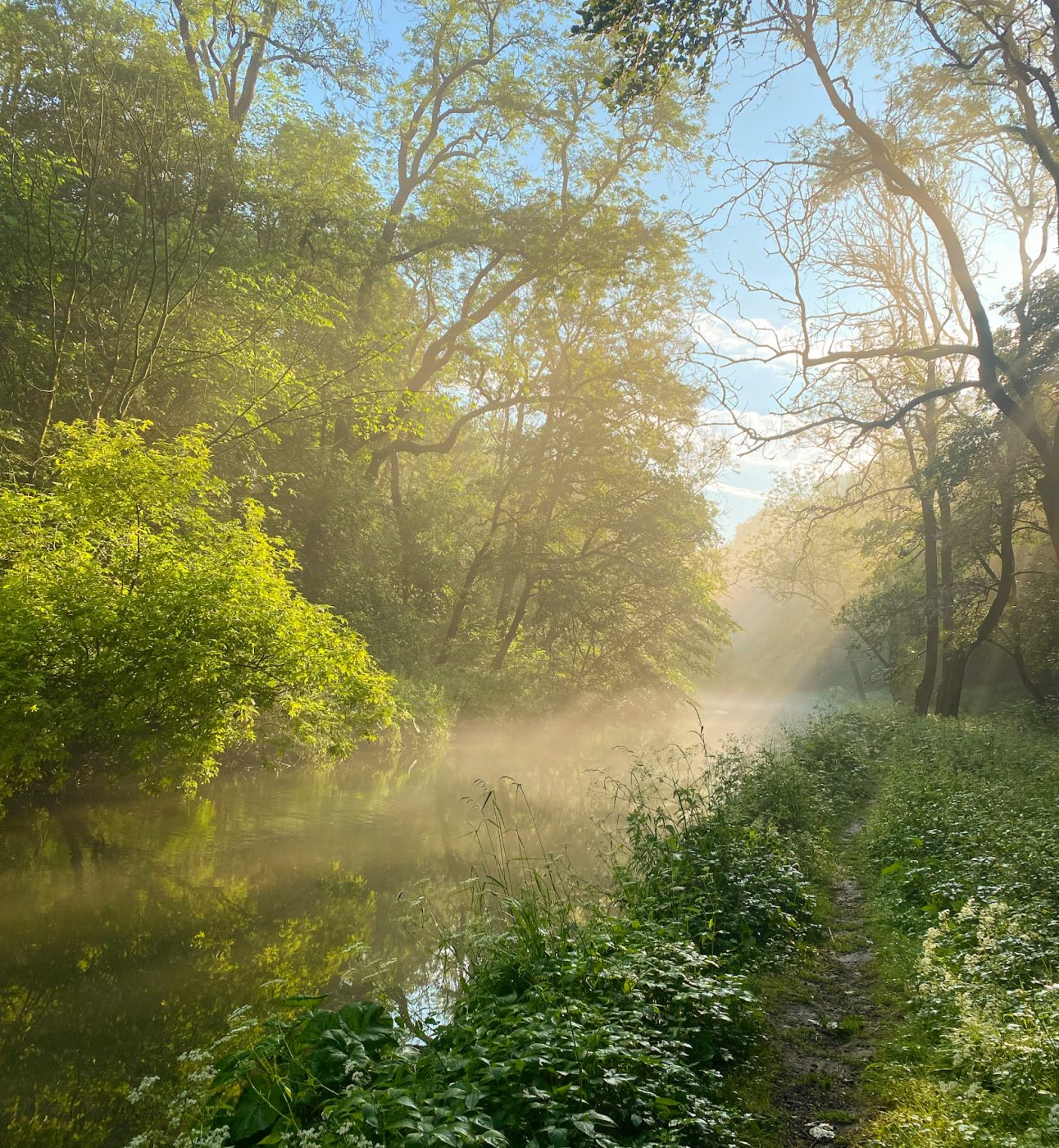
With pharmaceutical pollution at levels higher than some UK cities, this significant waterway in the Peak District is a chemical cocktail.
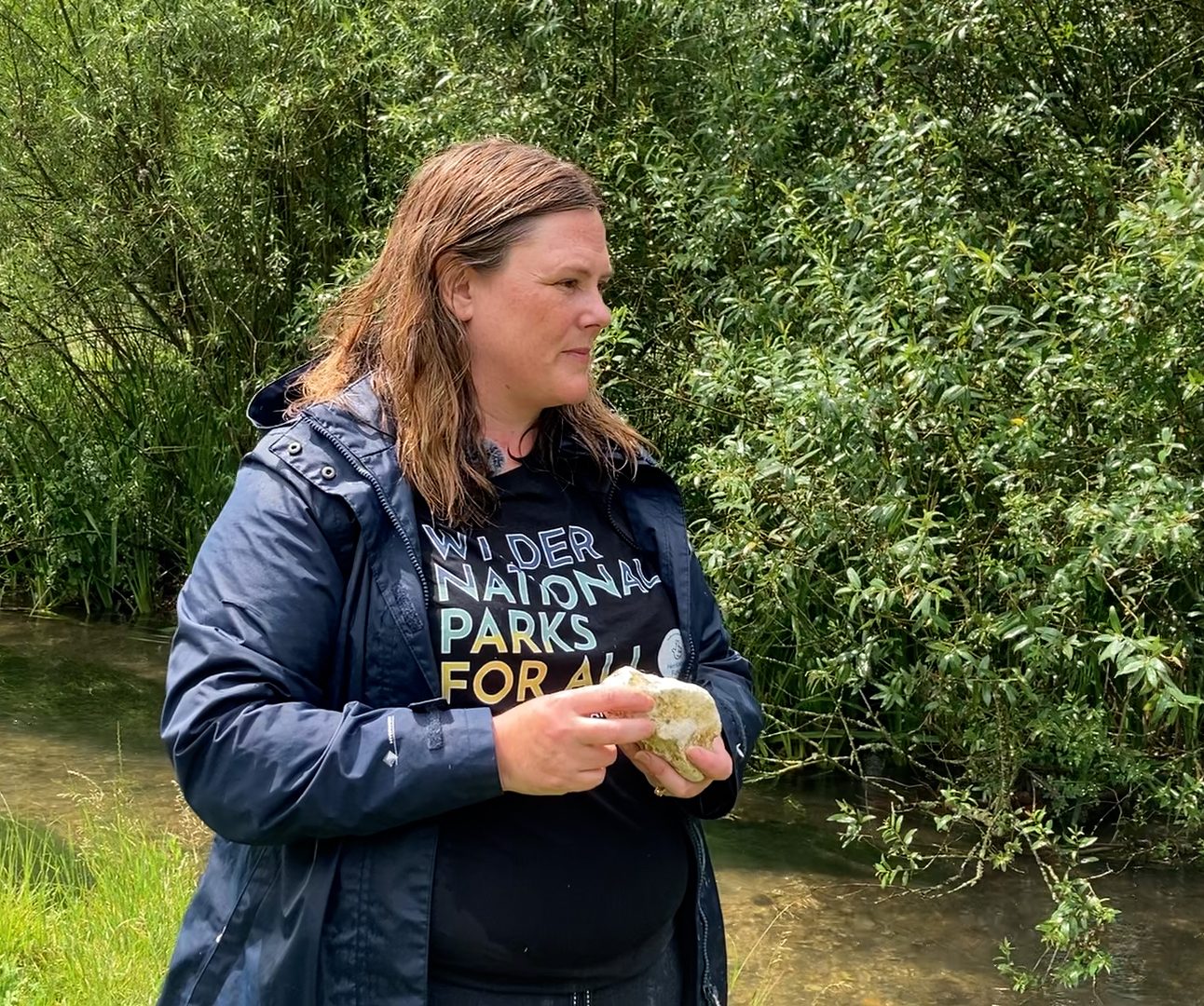
Acute over-abstraction is threatening this rare and precious chalk stream in the South Downs National Park.